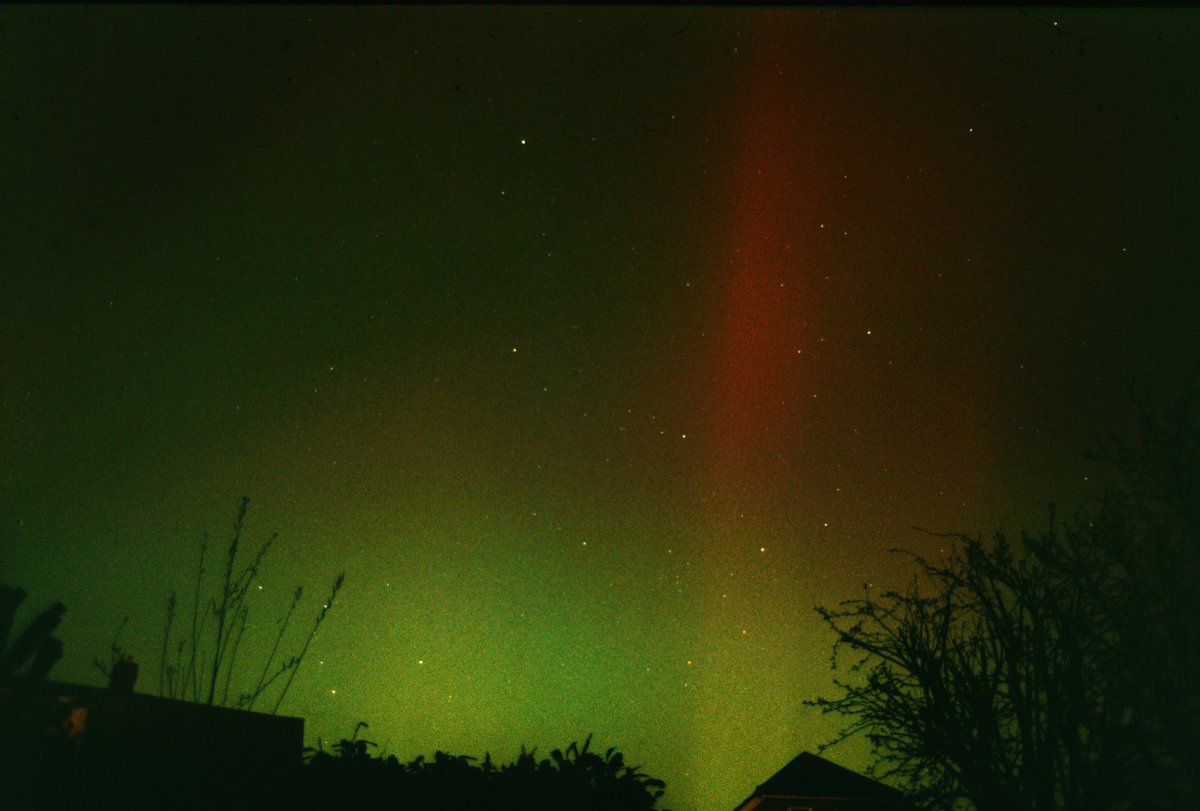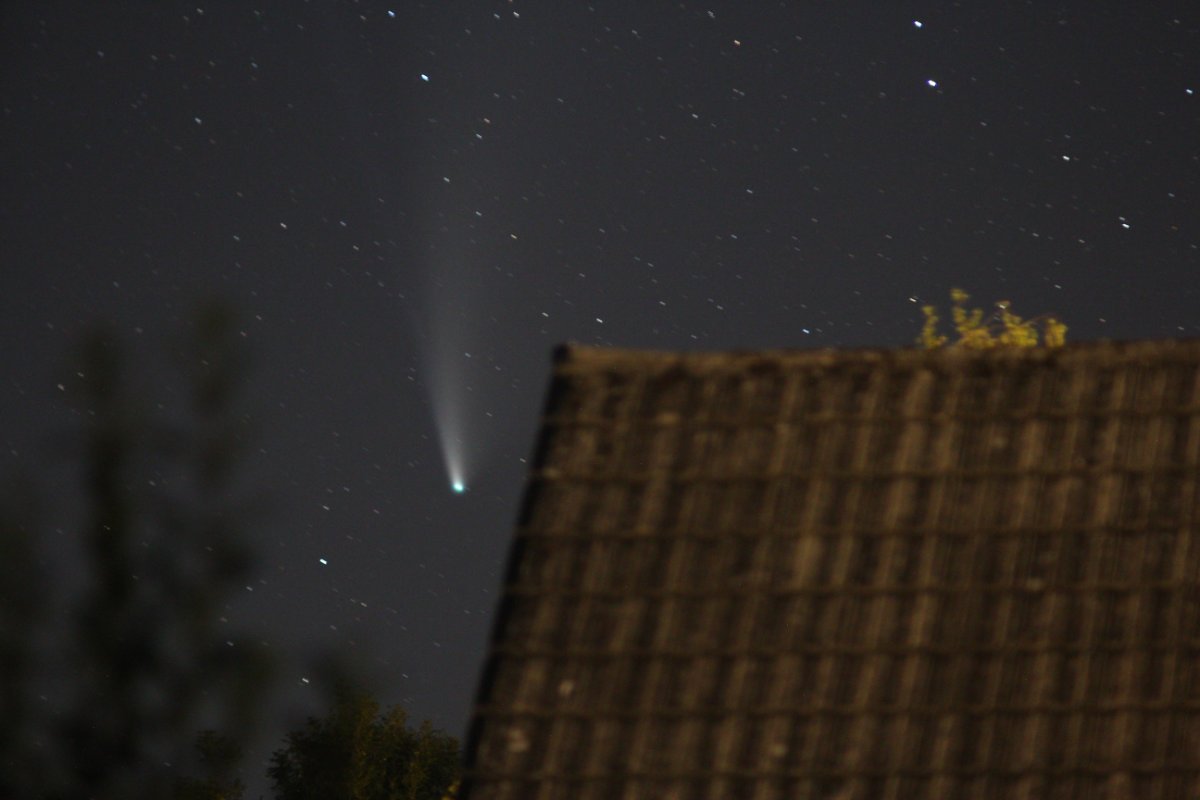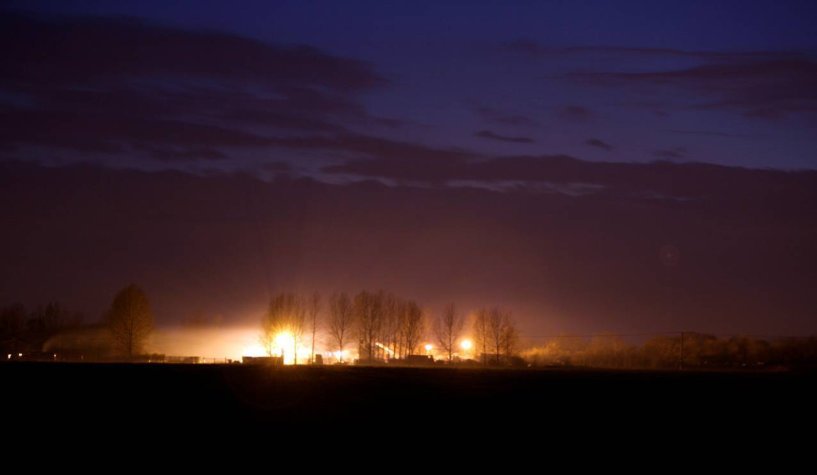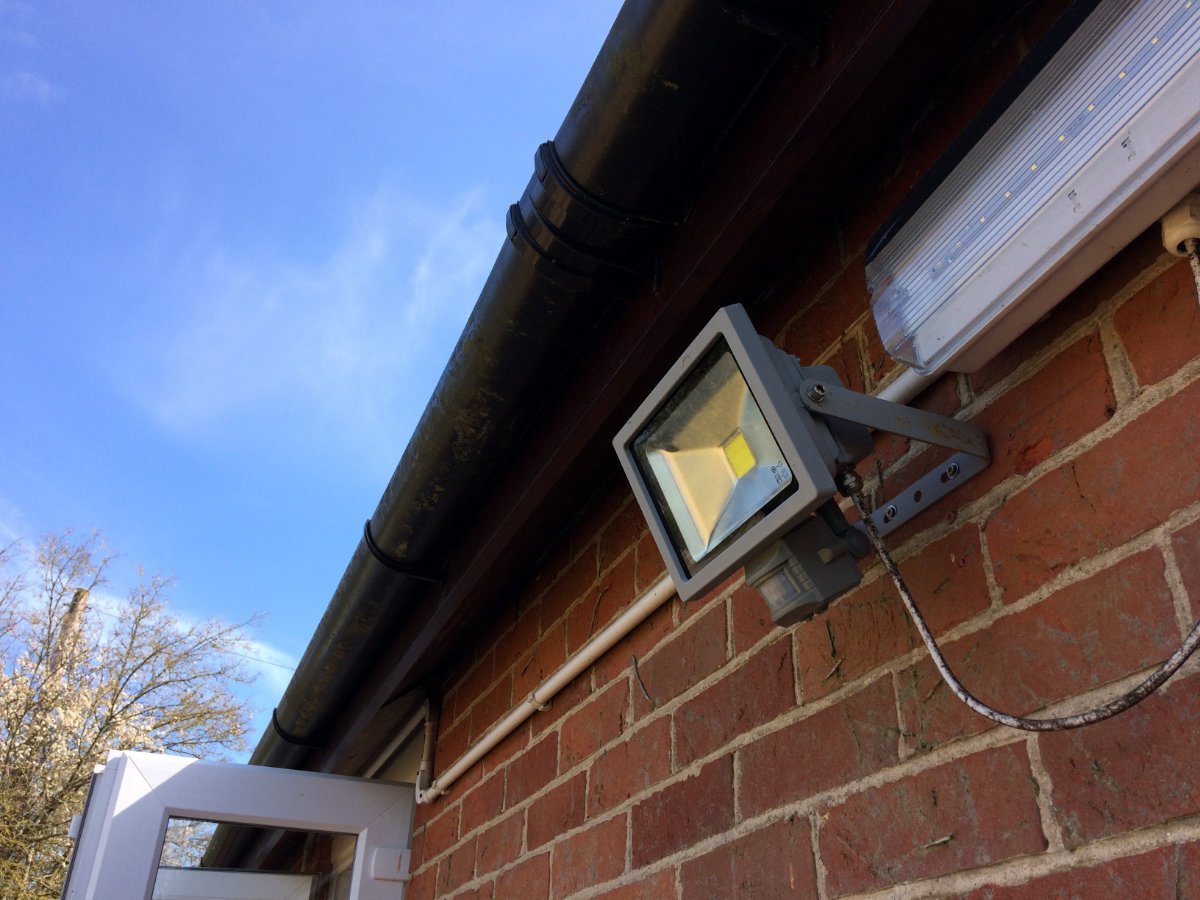
Bob Mizon, UK coordinator of the British Astronomical Association’s Commission for Dark Skies, wrote an article for us last summer aboutlight pollution. We are sharing this press release to alert everyone interested in the night sky to the chance to help count stars. Bob’s original article follows on below.
Nationwide star count to reveal lockdown’s impact on light pollution
- From 6-14 February, Dorset CPRE will call on people to count stars from their garden or window as part of its annual nationwide star count
- Data will be compared to 2020 to see whether lockdown had an impact and be used for vital lobbying efforts for darker skies
People living in Dorset are being urged to take part in an annual Star Count to record our view of the night sky. CPRE is working with the British Astronomical Association’s Commission for Dark Skies to find indications of light pollution levels across the country.
By counting the number of stars they see in the Orion constellation, citizen scientists will help map the best and worst places in England to enjoy a star-filled night sky. For more information, visit www.cpre.org.uk/starcount
They will also be compared with 2020’s findings, gathered before coronavirus restrictions took hold, to see whether lockdown has had an impact. Dark night skies are a special quality of the Dorset AONB (Area of Outstanding Natural Beauty) and contribute to the areas sense of tranquillity and remoteness. The Cranborne Chase AONB (overlapping the boundaries of Wiltshire, Dorset, Hampshire and Somerset) was designated an International Dark Sky Reserve in October 2019.
Light pollution means many people only experience a limited view of the night sky, and it also disrupts wildlife’s natural patterns. By showing where people’s views are most affected by light pollution, CPRE can use this evidence in crucial lobbying efforts to protect and enhance the skies of Dorset, improving our health, wellbeing, wildlife and the environment.
Bob Mizon, who lives in Dorset, said:
‘Turning back the tide of light pollution brings darker night skies and improvements to the well-being of humans, wildlife and the environment. In its three decades of working with the CPRE towards these goals, we have seen increased public and Parliamentary awareness of the importance of our view of the universe above.
‘The CPRE Star Count is an important part of this work, especially in these abnormal times when we have a chance to see whether changes in our activities are having any positive effect on the atmosphere and our view of the night sky.’
Organisations across the country are supporting this year’s Star Count, including popular amateur astronomy group Go Stargazing. Set up by space enthusiast Neill Sanders, Go Stargazing are strong advocates for protecting our night skies and supported several Dark Sky Park/Reserve accreditations from the International Dark Sky Association.
Glowing to waste?
Did you see bright comet NEOWISE making its way across the northern sky in late July, its curving tail like some great celestial scimitar? When did you last catch sight of the seven stars of the Plough glinting behind the shifting red and green veil of the northern lights? Naked-eye comets grace Britain’s skies every few years and, even from the south coast, the northern lights can occasionally be seen.

Skyglow, caused by light wasted upwards from poorly designed and installed lighting, ensures that many of us can’t see such wonders on clear nights from where we live, even if we want to. The starry night sky is a site of special scientific interest. It is also an area of outstanding natural beauty, but only if it can be seen. Over the last 70 years its disappearance over both urban and rural areas has been continuous but gradual; so gradual that it hasn’t really been noticed by most of us.
The British Astronomical Association (BAA) is the UK’s largest body representing the interests of all those – astronomers and non-astronomers – who appreciate the beauty of the night sky and value it as a natural resource. The Commission for Dark Skies (CfDS) was set up by concerned members of the BAA in 1989 to counter the ever-rising tide of skyglow from poorly aimed, unregulated streetlamps and floodlights emitting light above the horizontal into the sky. Nowadays, skyglow is increasingly a result of over-powered, poorly mounted household exterior lights and literally over-the-top sports lighting.

Should we put all the lights out? Of course not. We need the right amount of light, directed when and where needed and of a spectral quality that doesn’t compromise biodiversity and damage our health. There are no formal governmental estimates from any country of the amount of wasted energy from misdirected and over-bright lighting. A search of light pollution websites confirms that there is no consensus in any country as to how much money is squandered through inappropriate lighting or how much energy is lost. Ever-changing prices and currency inflation rapidly invalidate estimates. All that can be said is that humans waste a lot of money, fuel and effort in sending light to the wrong places. But things can be done to mitigate this waste. For example, part-night switch-offs are making considerable savings nationwide and studies reveal that they do not cause crime or accident rates to rise; in fact, these tend to decrease.
Light pollution is an international problem. Modern LEDs are rapidly becoming the dominant exterior light source in both public and private applications. Sadly, their versatility has been largely misapplied and many are far too bright for the lighting task. This causes more light to escape into the environment and to be reflected into the sky from the ground and other surfaces, even if the lights are pointed downwards.

Exterior LED white lighting now commonly exceeds a ‘warmer’ colour temperature of 3000K and the harsh ‘daylight’ blue-rich spectrum of so-called cool lamps at higher values has harmful impacts upon both wildlife and humans. More than half the world’s species are nocturnal, and lighting has allowed humans to be far more active at night, not always to our advantage. The larger scientific community tells us that the maintenance of circadian rhythms, hard-wired into living things over billions of years as the turning Earth imposed day and night, is important to health and well-being, and is compromised by too much artificial light at night.
The good news is that the message from concerned groups is starting to be more widely heard and, in some places, the trend is going into reverse as administrations and organisations begin to adopt a more sensitive approach to lighting. There is a new all-party parliamentary group for dark skies which includes parliamentarians from both the House of Commons and the House of Lords. They work with concerned stakeholders, lighting experts, environmentalists and astronomers to identify political priorities on dark sky issues, discuss lighting and planning policies, and advocate for them in the UK parliament.
The light from the rest of the universe takes hundreds, thousands or millions of years to reach our eyes. What a pity to lose the amazing visual treat this affords in the last millisecond of its journey.





